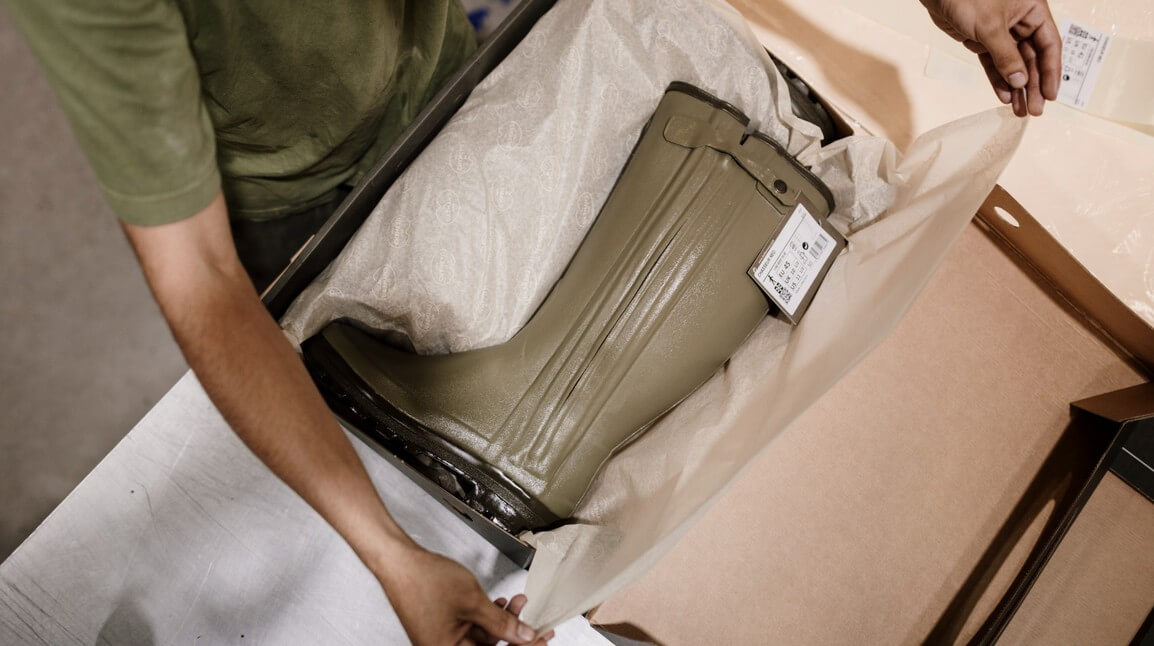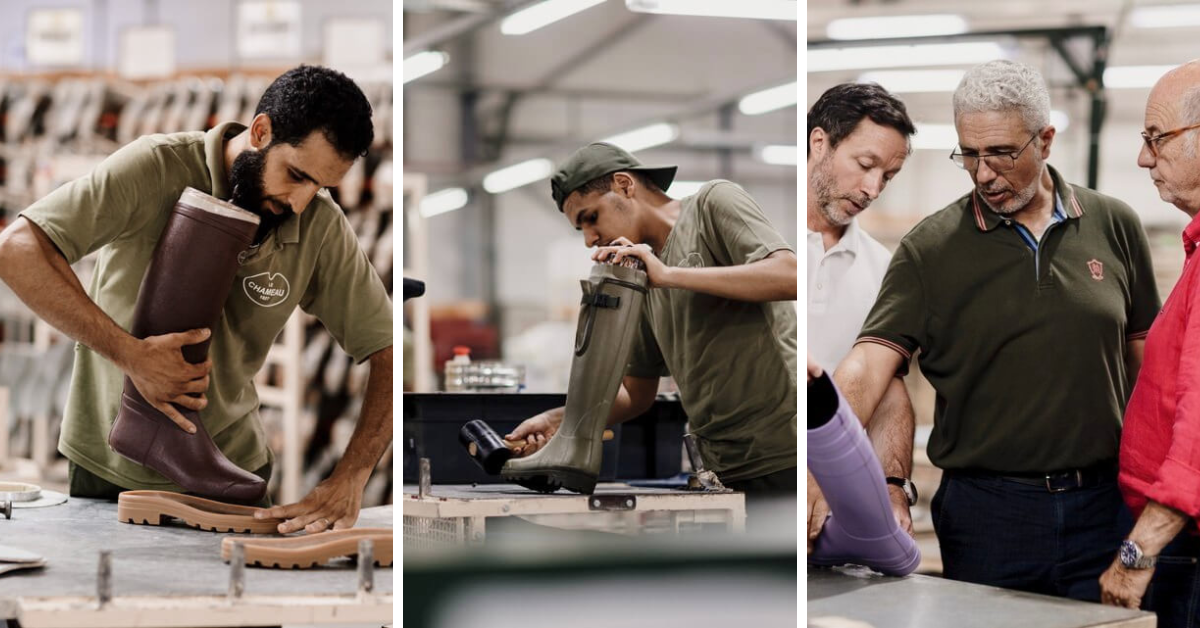We use cookies to make your experience better. To comply with the new e-Privacy directive, we need to ask for your consent to set the cookies. Learn more.
THE ART OF BOOTMAKING - STORY OF LE CHAMEAU
THE ART OF BOOTMAKING
MASTER BOOTMAKERS SINCE 1927
In 1927, in a seaside village in Normandy France, Claude Chamot had a desire to create the most comfortable and best fitting rubber boot. He had listened to farmers, hunters and fishermen who all wanted a boot that would withstand their daily labours. Now, almost 100 years later, Monsieur Chamot’s vision continues. From first, to the last touch, there is history in the making of every pair of Le Chameau. Read on for the fascinating journey of your Le Chameau boot.
THE LE CHAMEAU RUBBER
Like any natural product, the quality of rubber is determined by how it is produced. Our rubber is sourced from Vietnam, where Le Chameau have been working with the same highly regarded plantation since 2005. A number of factors determine the quality of the rubber, including season (spring rubber is best), climate purity, and tree quality. To produce the rubber, each Pará rubber tree is “tapped”, producing raw latex, a milky white substance. Properly harvested, this can be done without harming the trees. The liquid latex is allowed to coagulate and can then be collected and processed into its dry form which is packed into loaves. The loaves are graded from A to D – the grading determined by colour, purity and stickiness. Le Chameau uses only Grade A rubber, which is light coloured and has low ash and dirt content. These loaves of raw Grade A rubber are then shipped to our workshop.
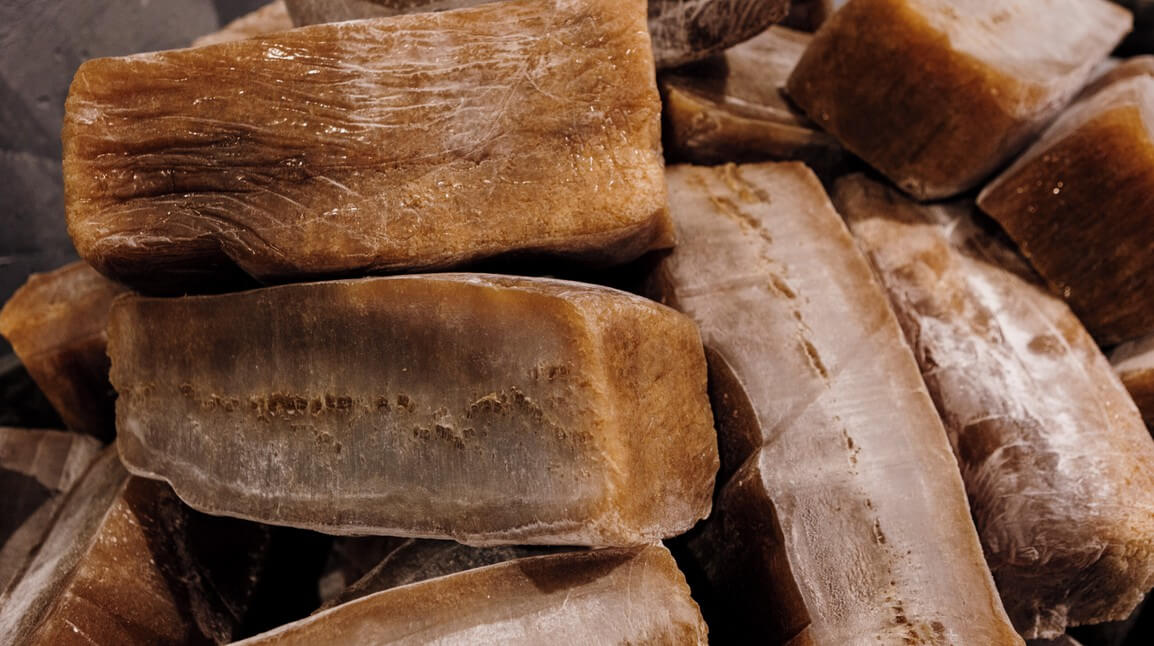
CLAUDE CHAMOT’S SECRET RECIPE
Once the loaves arrive at our workshop, Le Chameau adds a few secret ingredients to produce our famously supple Chamolux rubber. This recipe is still based on Claude Chamot’s original mix, producing soft, supple and durable rubber which forms the basis of all Le Chameau boots.
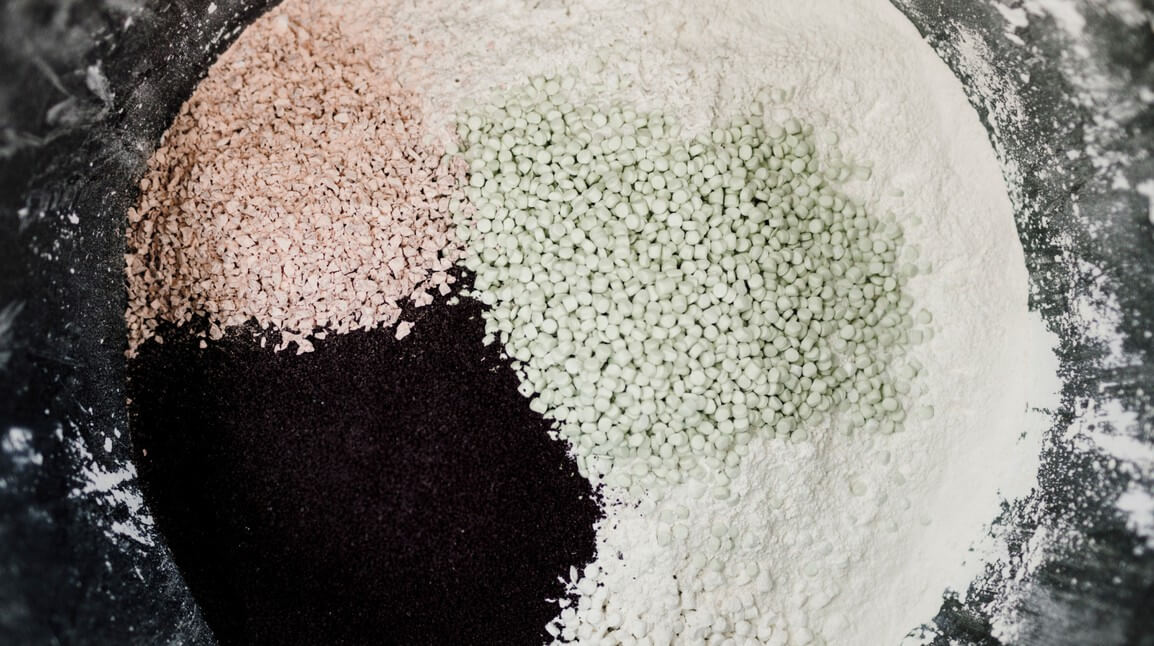
OUR PEOPLE
The most critical element in our boot-making process are the people. Le Chameau are proud to have several generations of maître bottiers in the family, a highly technical role which requires upwards of nine months of intensive training. They take great pride in setting the standards for the production of rubber boots.
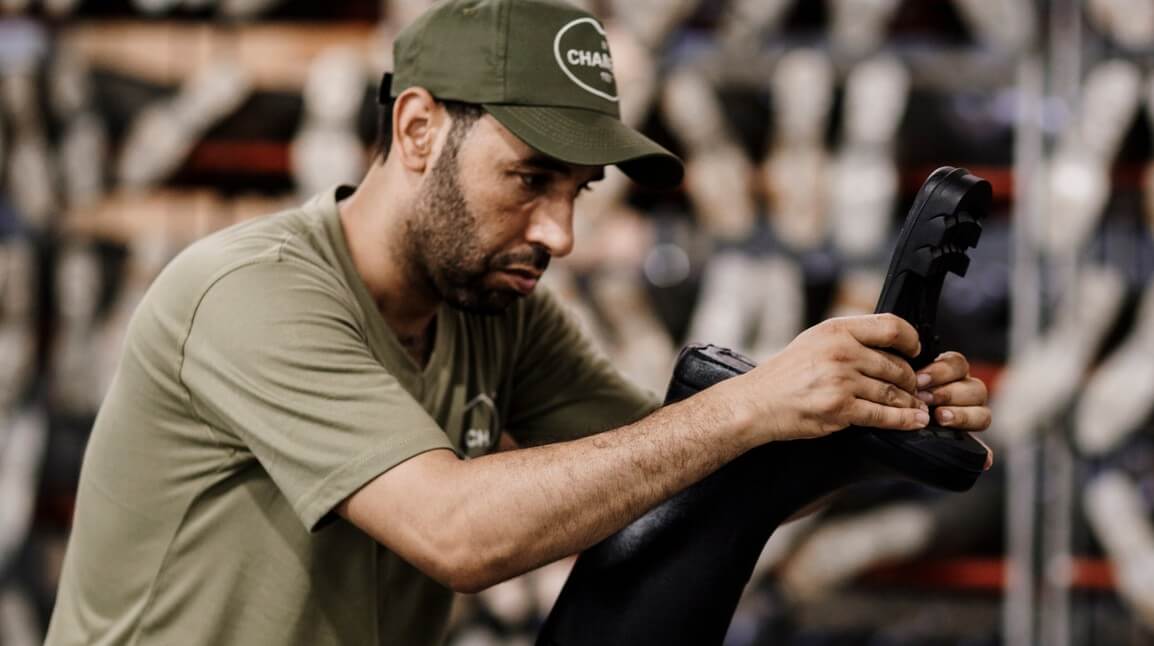
PREPARING THE RUBBER
With our rubber loaves ready, our special recipe is then mixed into the raw rubber and rolled around large metal rollers. Like a giant pasta machine, the rollers turn, producing first a thick slab, which is then cut and fed into the next roller, until the specific thickness required emerges from the final roller – thick enough to have an integral strength, but thin enough for each maître bottier to manipulate. Using carefully crafted pattern templates, the rubber is cut to shape, and hand trimmed.
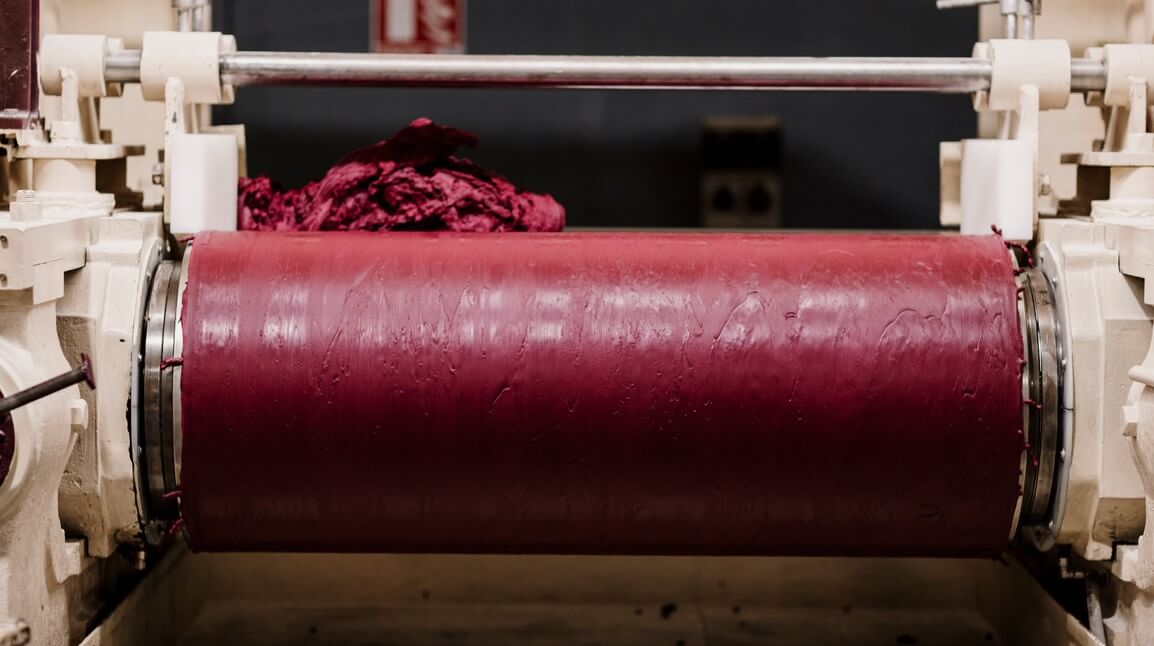
TAKING SHAPE – OUR FORMS
With the rubber now in a soft, thin and malleable state, it can be used by a maître bottier to cover a last – an aluminium boot-shaped mould. Layer upon layer is sandwiched together with liquid latex, producing an ever stronger and more stable construction. It is at this stage that the different models of boot can be adapted. For our Chasseur and Saint Hubert, for example, we melt aramid fibres into our rubber, giving additional reinforcement for extra protection.
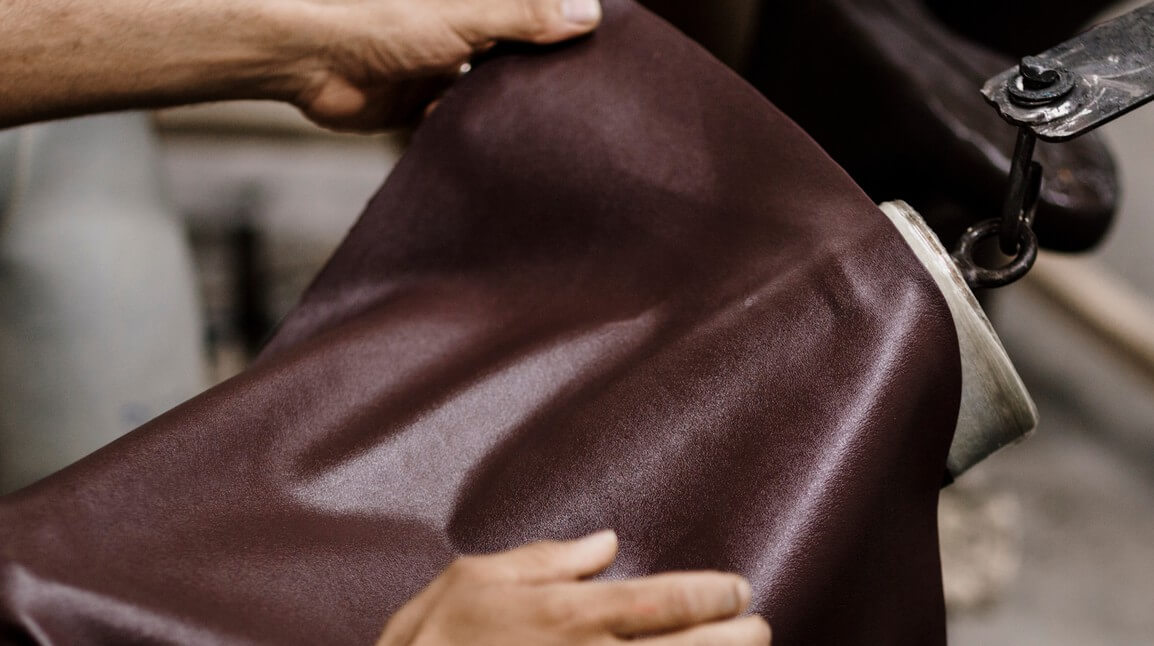
BUILDING THE SOLE
Le Chameau have a number of different sole variants, each having a slightly different build process. Across all variants, the base sole is made by adding the formula of rubber to the bottom of a two-part mould. The mould is closed, put under pressure and cooked. As the rubber heats and spreads through the mould, it forms the shape of the sole. Different elements are then added to this process, depending on the style. For example the shank reinforcement on our Chasseur and Vierzon, or the Cérès, which was designed in partnership with leading tyre manufacturer MICHELIN, to cater specially for agricultural professionals. The outsole tread uses MICHELIN Ultraflex tyre auto-cleaning technology, distributing weight evenly, giving better grip on soft ground and dislodging soil and mud while walking.
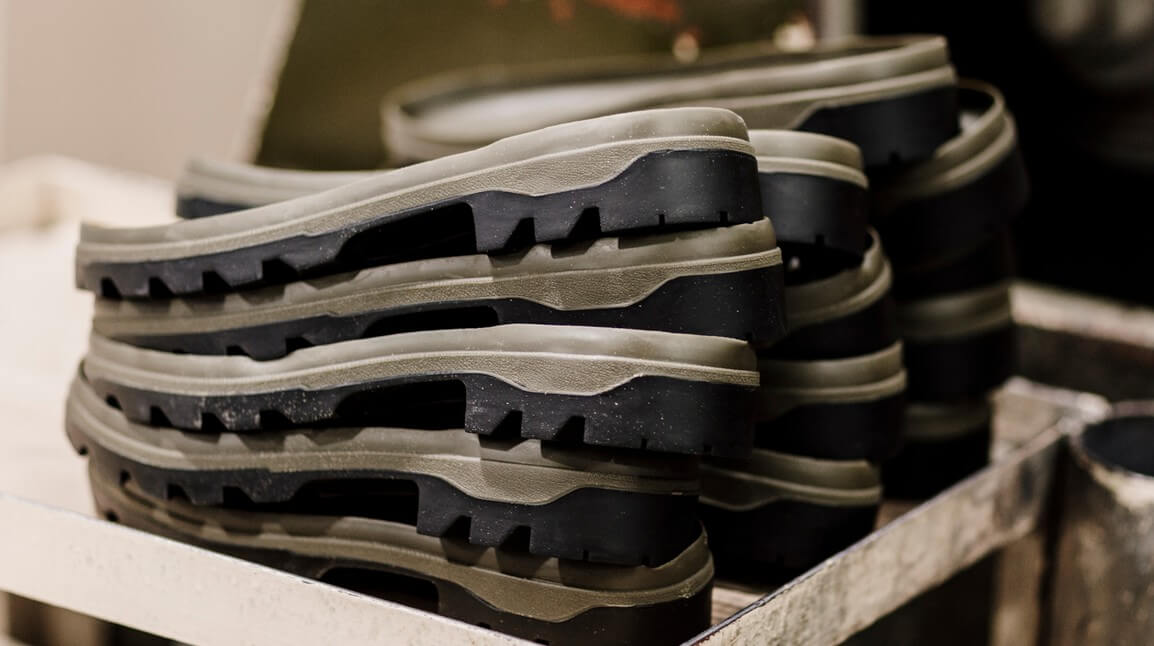
PREPARING OUR LININGS
Le Chameau linings are prepared in their own area of the workshop, using machinery to cut the large pattern pieces and following a strict quality check to ensure there are no flaws or errors. The pattern pieces are then constructed to form the internal shape of the boot. Le Chameau provide a range of different linings, including an insulating and comforting neoprene or wool, most commonly seen in the Chasseur, Vierzonord, Cérès and Country Cross; a premium supple leather, seen on the Chasseur and Saint Hubert or a lightweight, fast-drying jersey, available in most of our styles, including the Iris, Giverny, Chasseur and Country Cross. The linings are then moved over to the main workshop area and added to a special tray with the rubber cuttings and sole. The preparation has been done and the boot is now ready for assembling.
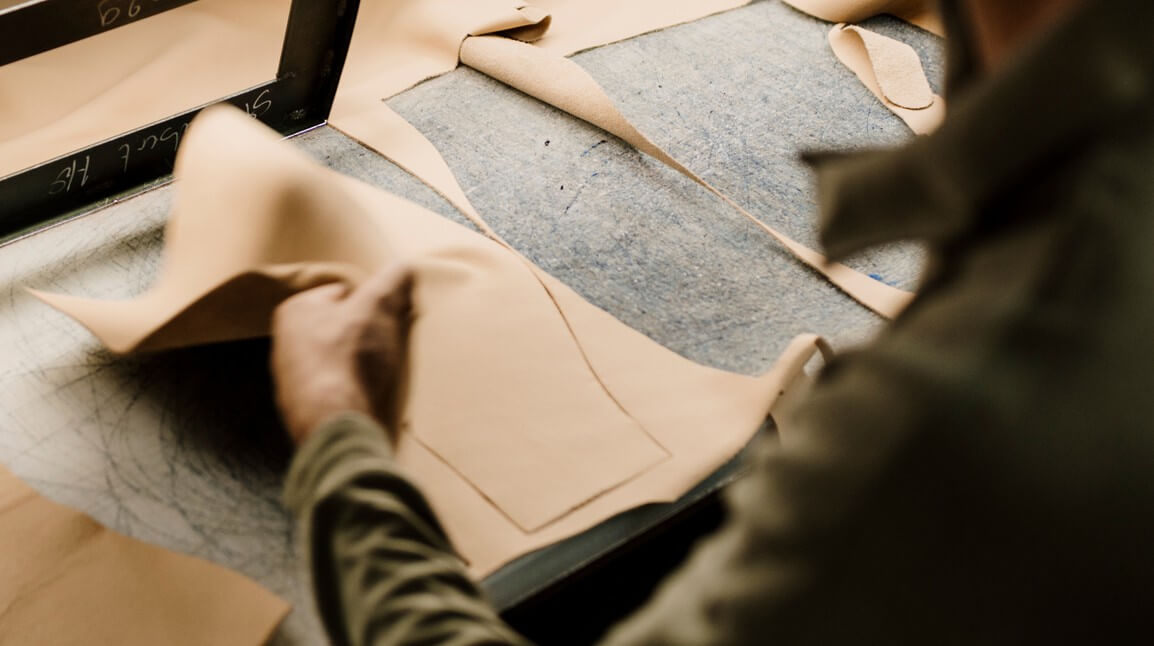
PUTTING IT ALL TOGETHER
This is where Le Chameau maître bottier really demonstrate their art. The lining is carefully bonded to the rubber and the boot is assembled, adding the full-length zip to the Chasseur styles, the gusset to the Vierzon, placing our logo badge and finally adding the sole. The base of the aluminium last is covered with a special formula of latex to ensure the sole is bonded and our boots remain durable. The sole is carefully placed and, with the soft touch of a rubber hammer, they are secured into place.
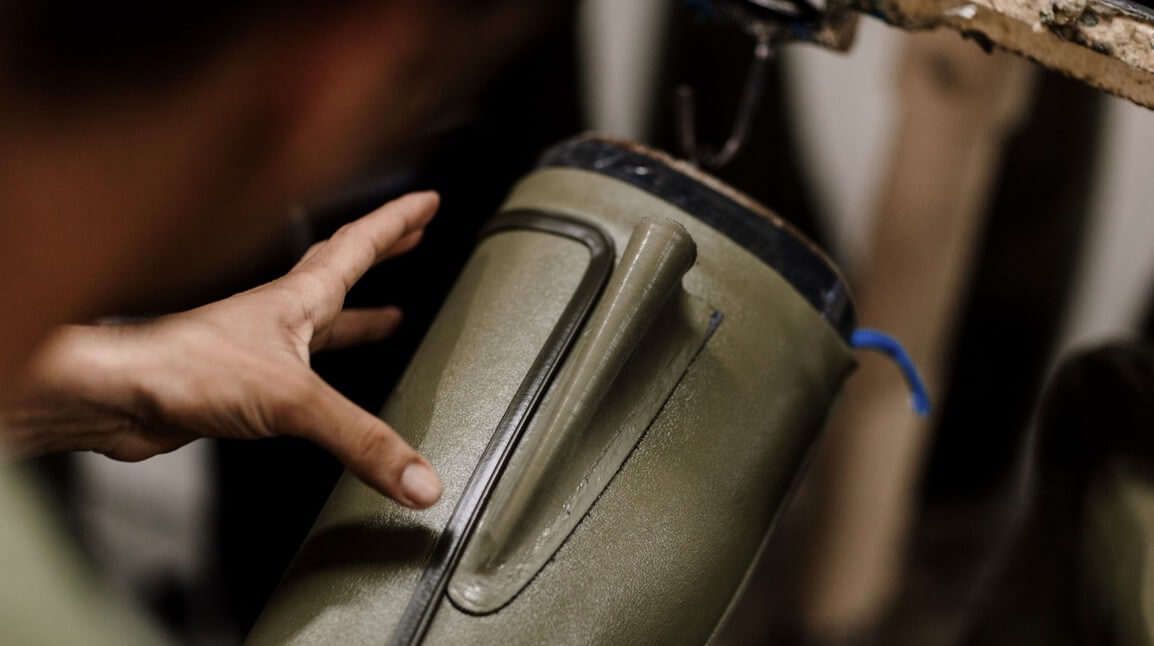
STABILISING THE BOOT THROUGH VULCANISATION
Once the boot assembly is complete, they essentially ‘cook’ the boots. This not only stabilises the rubber, it also fuses the many layers of rubber and lining together, making it one incredibly strong substance. Each style of boot requires different temperatures and timings. Once cooled, the aluminium last is removed and the boot is ready for final quality control.
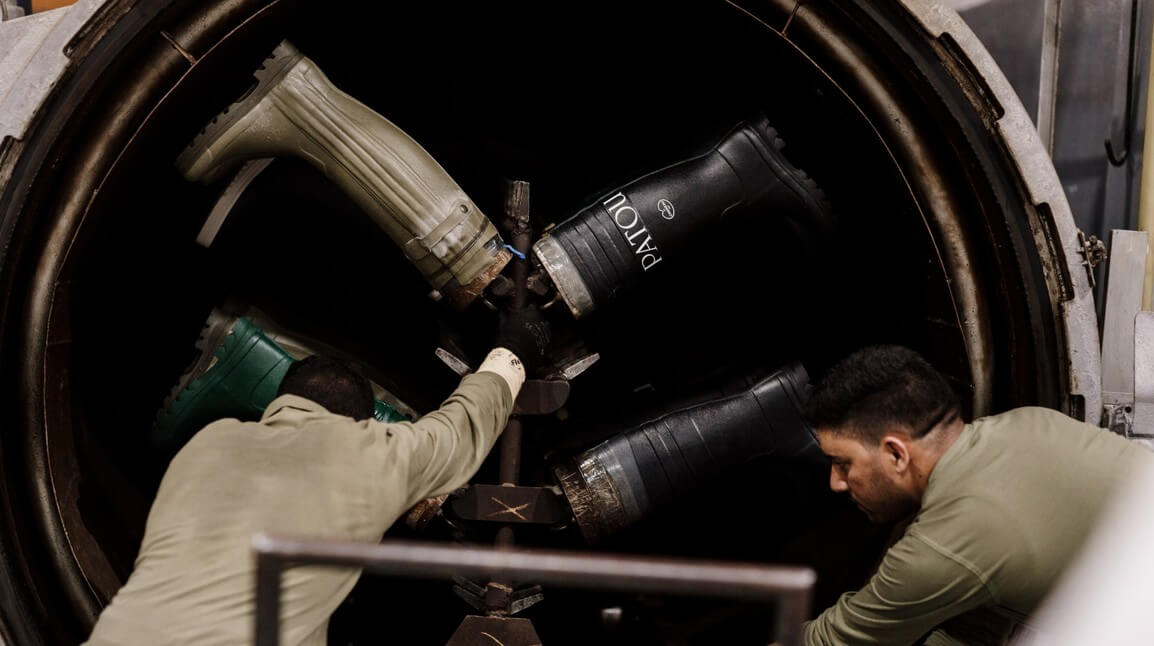
TESTING EVERY PAIR – OUR COMMITMENT TO QUALITY:
Every single boot that Le Chameau produce is tested to ensure that it is 100% waterproof. Each boot is placed into a water bath and air is pushed into the boot to ensure they leave our workshop leak free.
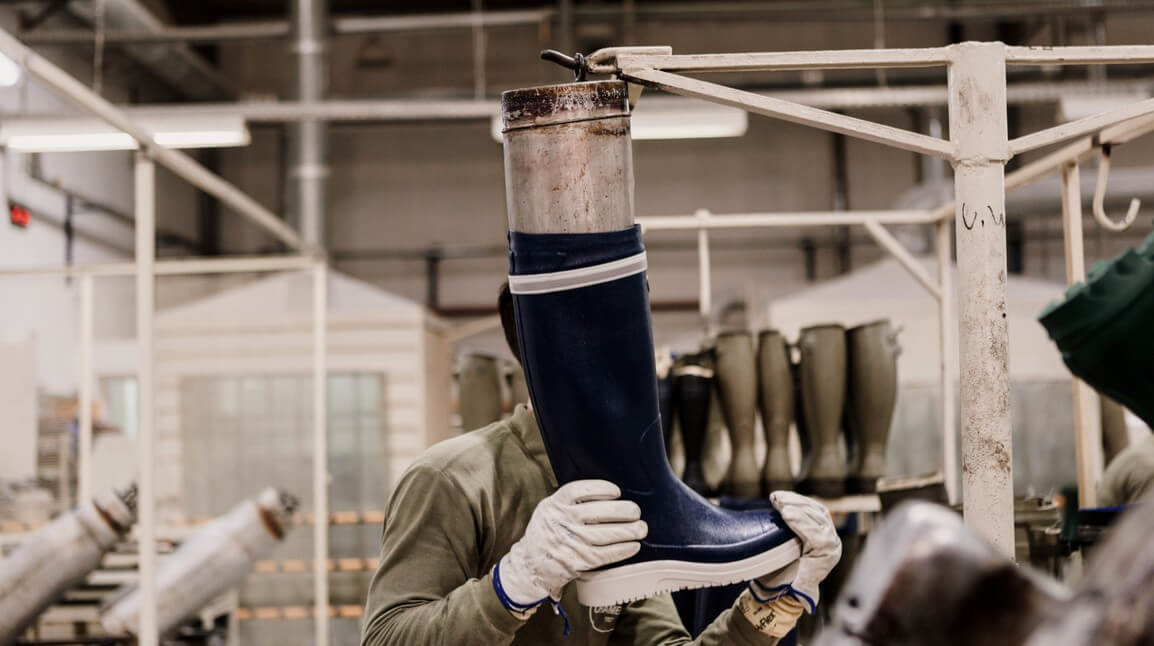
THE FINAL TOUCHES
Once the final quality checks have taken place, all that’s left to do is give the boots a final polish, carefully wrap them in the Le Chameau branded tissue paper, and place into the iconic boot boxes. Boots are ready to leave the workshop and be thoroughly enjoyed on the feet of their new owner.
Le Chameau offer- click here
